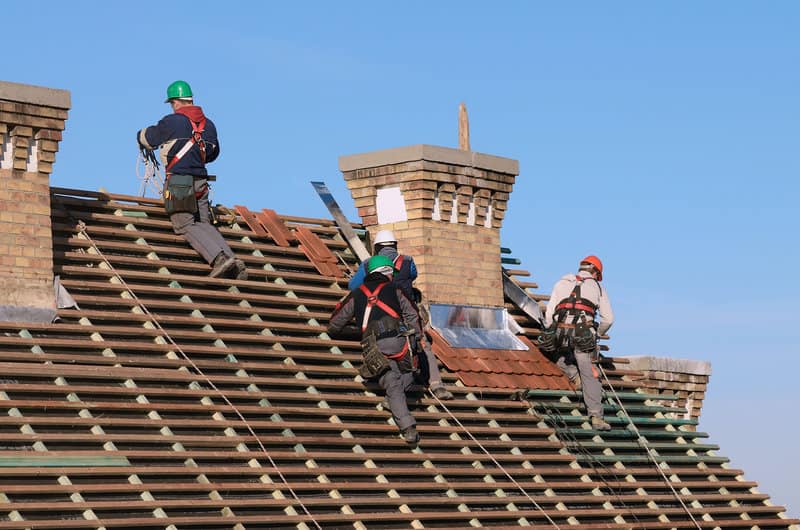When it comes to constructing a building, whether it be a residential home or a commercial establishment, the roof often stands as one of the most critical components. Its importance extends beyond merely providing shelter from the elements; it plays a pivotal role in ensuring the structural integrity, energy efficiency, and overall safety of a building. Let’s explore the various reasons why roof construction is so crucial.
1. Protection from the Elements
The primary function of a roof is to protect the interior of the building from external elements such as rain, snow, wind, and sunlight. A well-constructed roof acts as a barrier, preventing water from leaking into the building and causing damage to walls, ceilings, and foundations. It also helps in maintaining a stable indoor environment by keeping out extreme weather conditions.
2. Structural Integrity
The roof is a fundamental component of a building’s structure. It provides support and stability, distributing the weight of the roofing materials and any additional loads, such as snow or debris, evenly across the building’s walls. Proper roof construction ensures that the load-bearing elements of the building are not overstressed, thereby maintaining the overall integrity and safety of the structure.
3. Energy Efficiency
A well-designed and properly insulated roof can significantly impact a building’s energy efficiency. It helps in regulating indoor temperatures by preventing heat from escaping during the winter and keeping the interior cool during the summer. This reduces the reliance on heating and cooling systems, leading to lower energy consumption and reduced utility bills. Materials such as reflective coatings, proper insulation, and energy-efficient roofing options like green roofs can further enhance this effect.
4. Aesthetic Appeal
The roof is a prominent feature of any building’s exterior and can greatly influence its aesthetic appeal. The choice of roofing materials, color, and design can complement the architectural style of the building and enhance its overall look. A visually appealing roof can increase the property’s market value and contribute to the neighborhood’s character.
5. Safety
Safety is a paramount concern in roof construction. A poorly constructed roof can pose serious risks, including structural collapse, water damage, and mold growth, which can have health implications for the occupants. Ensuring that the roof is built to code with quality materials and proper techniques minimizes these risks and ensures the safety of everyone in the building.
6. Longevity and Durability
Investing in quality roof construction pays off in the long run. A durable roof made from high-quality materials can last for decades with minimal maintenance. This longevity saves homeowners and building managers the costs and inconveniences associated with frequent repairs or replacements. Regular inspections and maintenance further extend the life of the roof, ensuring it continues to perform effectively over time.
7. Environmental Impact
The choice of roofing materials and construction methods can also have a significant environmental impact. Opting for sustainable materials, such as recycled shingles or metal roofing, and incorporating eco-friendly designs, like green roofs or solar panels, can reduce the building’s carbon footprint. Sustainable roofing practices not only benefit the environment but can also provide long-term cost savings through energy efficiency and potential tax incentives.
Conclusion
Roof construction is an integral part of building design and functionality, encompassing protection, structural integrity, energy efficiency, aesthetics, safety, durability, and environmental sustainability. Paying careful attention to the quality of roof construction ensures that a building remains secure, efficient, and visually appealing for years to come. Whether for new constructions or renovations, investing in a well-constructed roof is essential for the longevity and overall success of any building project.
